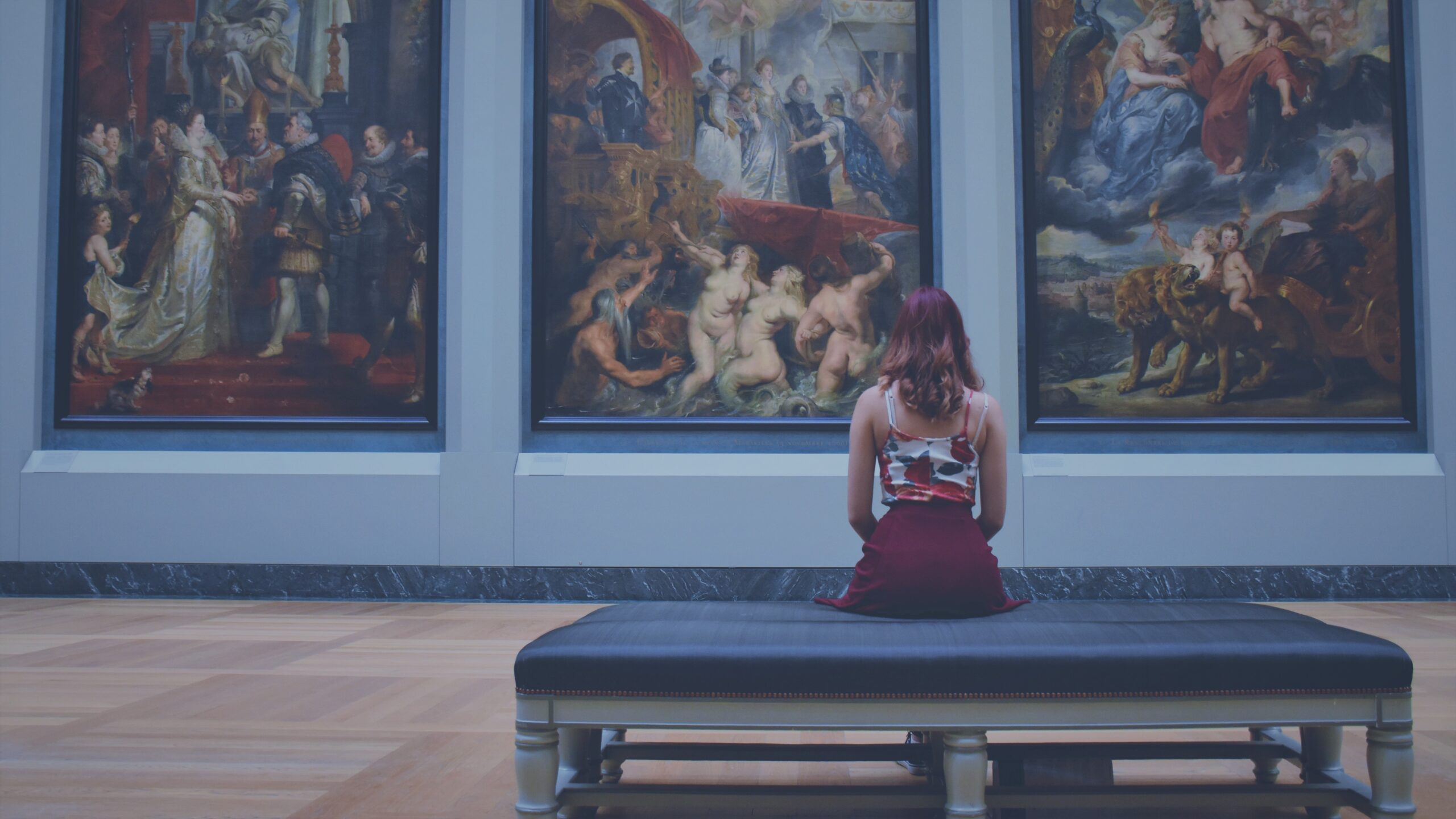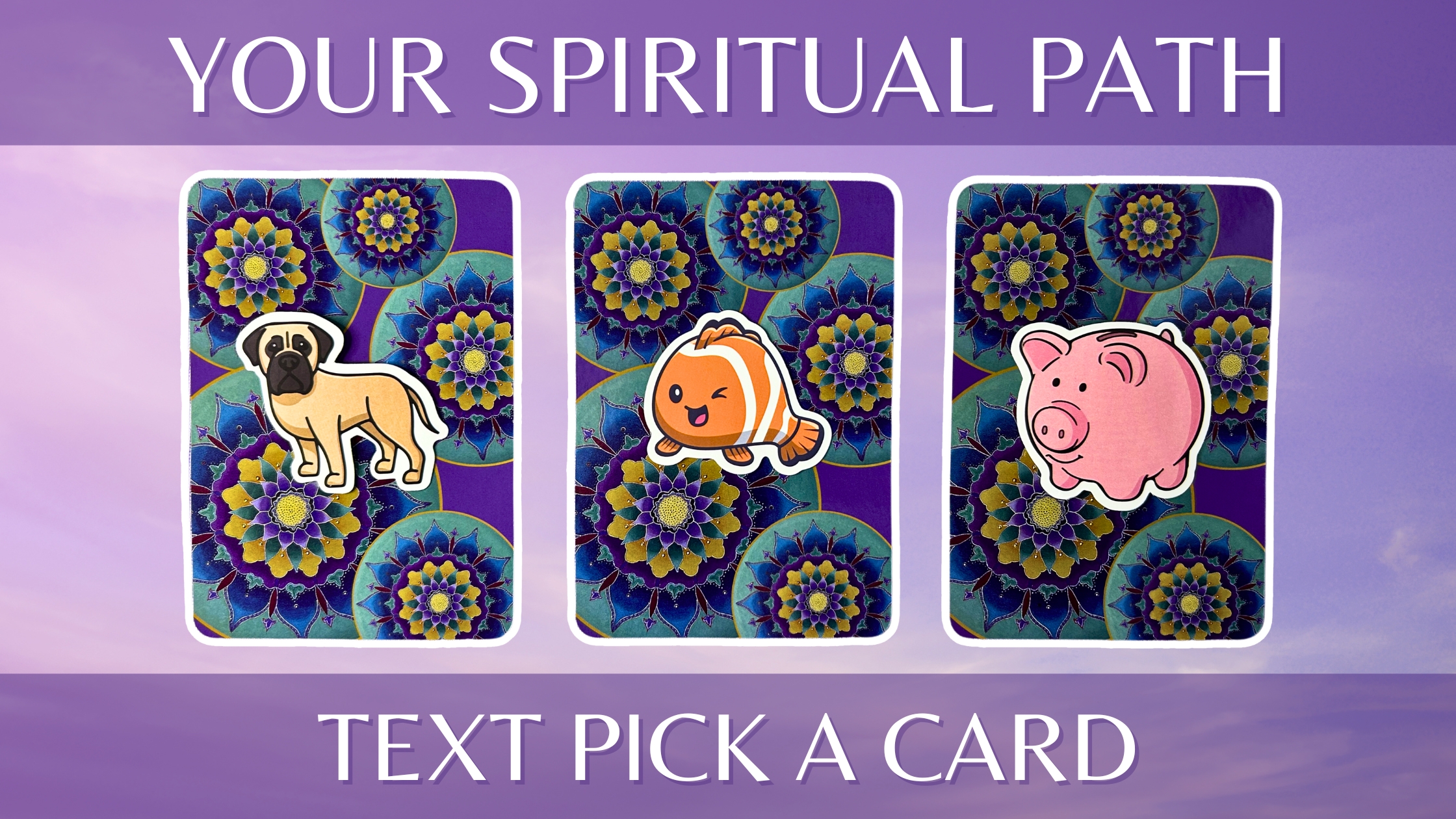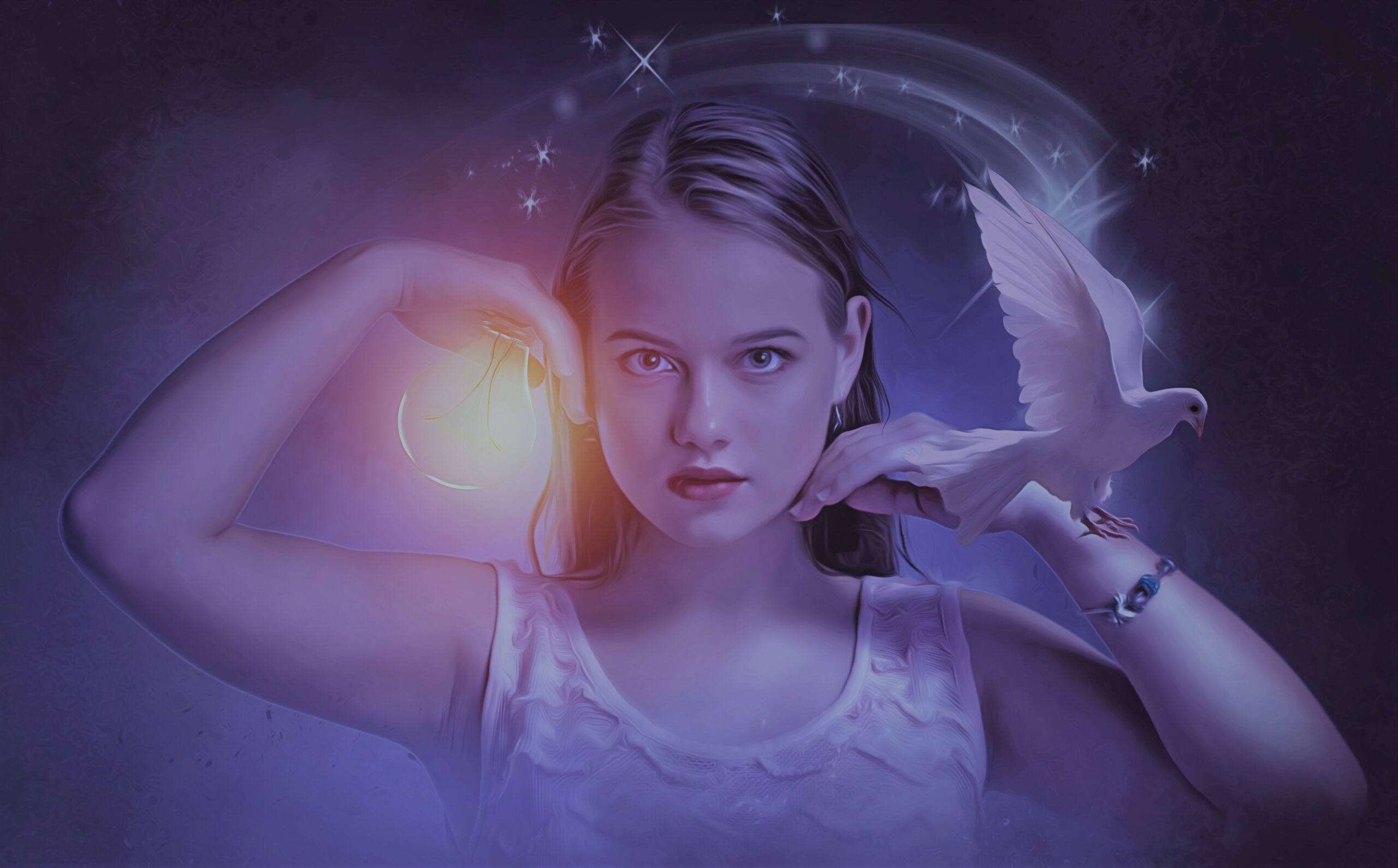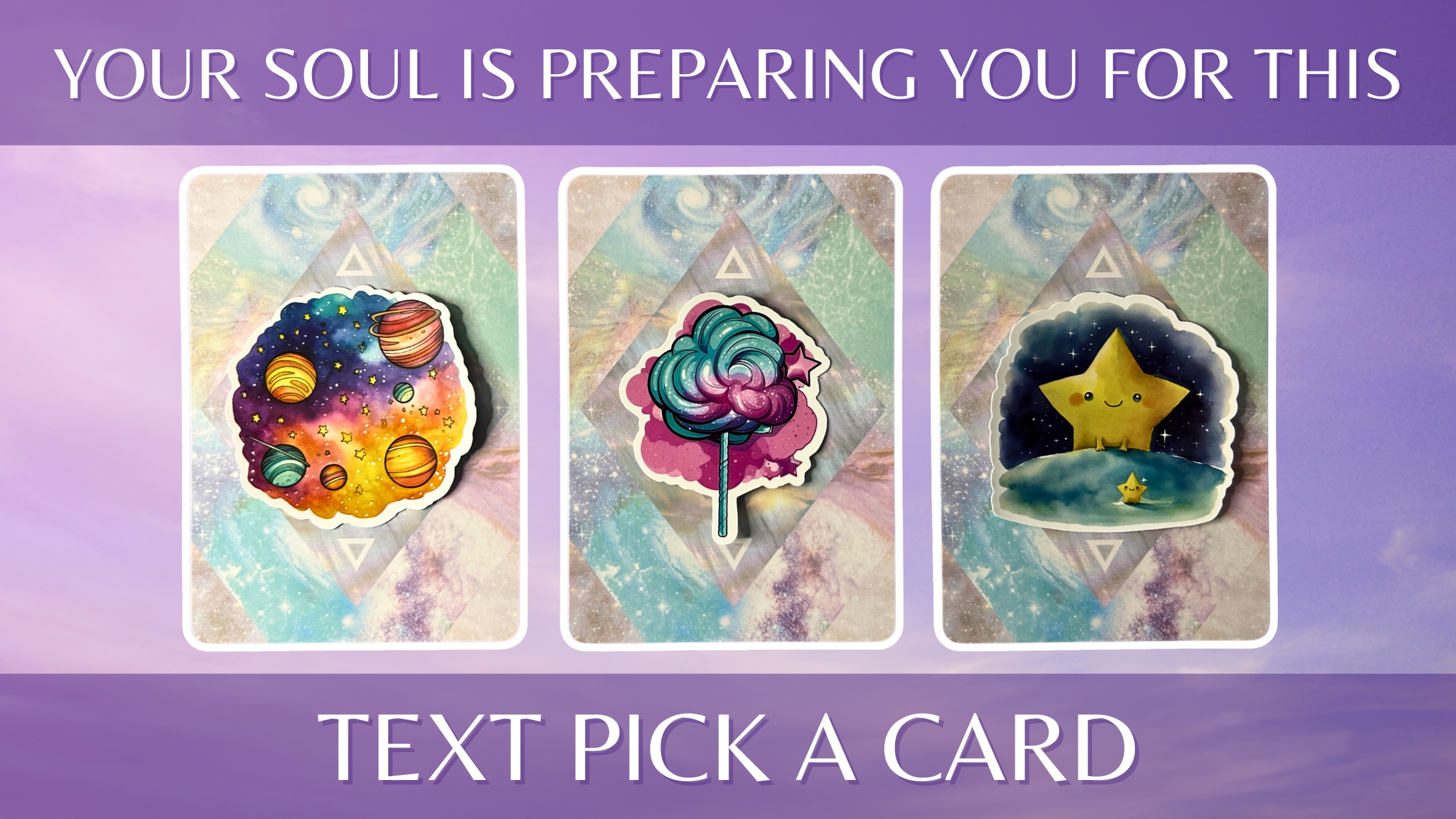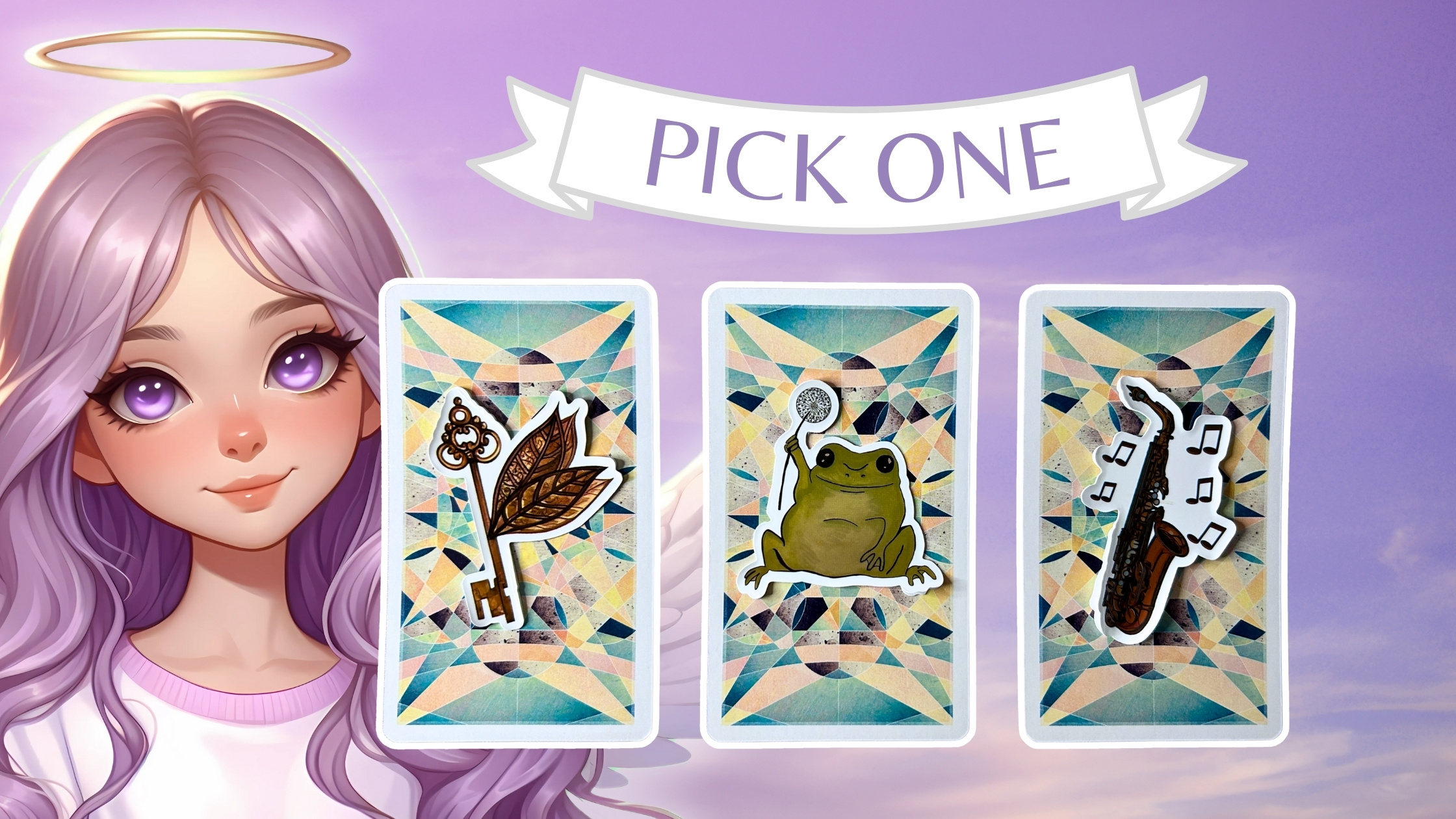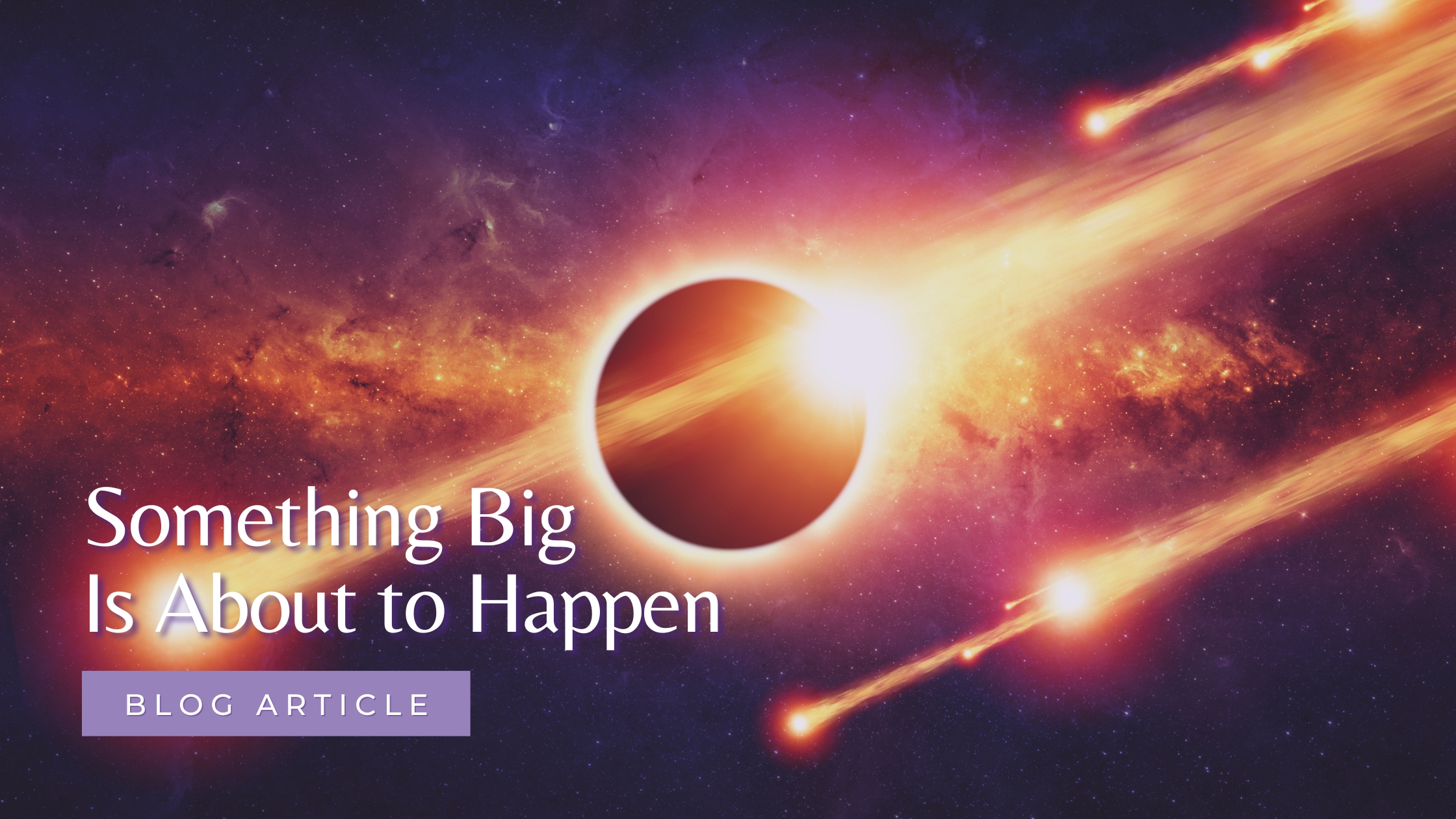Are Artists More Spiritual Than Others?
Some of the best art I’ve ever seen had a religious message. There’s something so inspiring when the symbolism of spirituality is made into art. I usually rush to write a poem because I find myself filled with existential meaning just from looking.
If you’ve ever known an artist then you’ll notice something unique: their intuition opens more of the universe to them. That’s why artists tend to be more spiritual than others – but not always, especially now.
But why does this happen and what can we learn from it?
Contemporary vs. Traditional Art
There’s a lot of diversity in styles of art today, but most of what’s considered high art, or at least the art you hear about in the media, tends to challenge the very idea of what makes art in the first place.
A banana taped to the wall? Not exactly the sort of art which lifts your spirit.
This happened because the current postmodern movement questions the metanarratives of culture, including religion. To make art inclusive, it’s become a commentary on the political present instead of the eternal divine.
Not every piece of art should be spiritual, but spirituality in art is frequently used not in service of the sacred, but in spite of it.
What this tells us is that the amazing intuitive ability of artists doesn’t necessarily translate to a spiritual quality. It’s a choice to use your intuition in a spiritual way.
Lessons in Iconoclasm
In the West, religious art was used both to instruct and spiritually move the viewer. That’s why cathedrals were designed with high ceilings to make it seem like you entered a place close to Heaven.
Stained glass windows and sculptures then symbolized people or events from the Bible. This was especially important before literacy became common.
However, even the Christian church struggled with what’s called “iconoclasm” in the early Middle Ages. The prohibition against worshipping idols in the Hebrew scriptures often (but not always) resulted in no artistic representations of God in Jewish artwork. This belief carried over into the early Christian church among some believers and caused a massive controversy in the Byzantine Empire.
There’s some logic behind their position – how could you possibly represent absolute divinity with a physical representation? That is why many contemporary religious people find postmodernist art so problematic. Art can be blasphemy, especially when spiritual symbolism is misused.
Yet the early Christian church defeated the iconoclasts on the position that art is essentially a metaphor of veneration, not direct worship, and can inspire the heart to get closer to God.
The iconoclasm controversy is interesting from a contemporary spiritual perspective because it gives insight into the power of intuition, both of the artist and the viewer. Art is, in essence, a spiritual tool, and artists can be spiritual teachers.
The Mass Production of Intuition
But one of the arguments of the iconoclasts has become more relevant because of mass production. It used to be that spiritual art was unique and handmade, meaning it was made and directly used for spiritual reasons, like Michelangelo’s ceiling of the Sistine Chapel.
However, contemporary art, even when it has an original physical form, can be copied with photography or digital images. Ironically, instead of transcending time, contemporary art is only immediately relevant to current political movements. It’s “breaking news.”
I believe this is because there isn’t a strong substrate of spiritual intuition being used in art. Spiritual art is designed to be timeless because the source of divinity is, in essence, immortal. Symbols used can be from different parts of history or different parts of a mythological narrative and it will still make sense because it inspires something outside of time.
The focus of so much artistic intuition on the physical present is evidence of how separated we are from spirituality. This, I believe, is why spiritual awakenings seem to be increasing – we are born asleep because artists no longer spiritually inspire us from a young age.
Instead, art has transitioned to mass production and mass consumption. They choose moments in time for their subject matter instead of eternity itself.
How to Use Your Intuition in a Spiritual Way
Not all contemporary art lacks spiritual inspiration. In high school, my friend’s parents had their own art studio where they made religious sculptures primarily for witches and pagans (and yes, that was their full-time job!).
Even though so much contemporary art lacks a spiritual touch, some artists are drawn to convey spiritual themes to transcend the stark reality of our current age. And who can blame them? Watching the news doesn’t make you feel better, so why would looking at political art do any different either?
An example of this is Mongolian artist Zayasaikhan Sambuu who grew up in a communist regime where religion was suppressed. He was inspired by Buddhism and it gave him the courage to express himself through art during a time where freedom of speech was limited.
Interestingly, this spiritual inspiration carried over to his political and social commentary too. His subject matter is Mongolian women and he brings in timeless, eternal symbols which transcend cultures and time periods even as it deals with contemporary issues.
I’m not Mongolian and I know almost nothing about his country, yet when I look at his artwork, I feel inspired. That is the power of intuition when spirituality is in the heart of the artist. It taps into the undercurrent we all share.
Final Thoughts
Every spiritual person should endeavor to emulate an eternal, timeless connection in their practice, whether they’re an artist or not.
Otherwise, you’re going to have a daily life like that of contemporary artists: technically and immediately interesting, but not transcendent. Artists prove that intuition can be misapplied, and we need to be aware of that consequence as spiritual people.
Have you felt your intuition stir within you? If yes, consider how you’ve made the world around you more in tune with spirit instead of the mortal, dying reality we live in.
